
The Irish Draught Horse developed as a working horse on Irish farms with references to the breed dating as far back as the 18th century. Due to the small size of farm holdings in Ireland at the time most farmers could not afford to keep more than one horse and as a result Irish breeders developed an adaptable draught horse capable of carrying out all of the work on the farm as well as being used for riding, hunting and driving. Consequently the breed developed to be extremely versatile and intelligent with an excellent temperament and willing nature.
The characteristics of the breed make them an ideal leisure and riding horses and their wonderful temperament makes them easy to work with in any discipline. Irish Draughts are often used for crossing with other breeds to produce all types of leisure and performance horses.
The Garda Siochana rely on Irish Draught Horses for their Garda Mounted Unit. Their mounts need to be brave, obedient and able to cope with confrontational situations and they consider the Irish Draught breed to be ideally suited for this role.
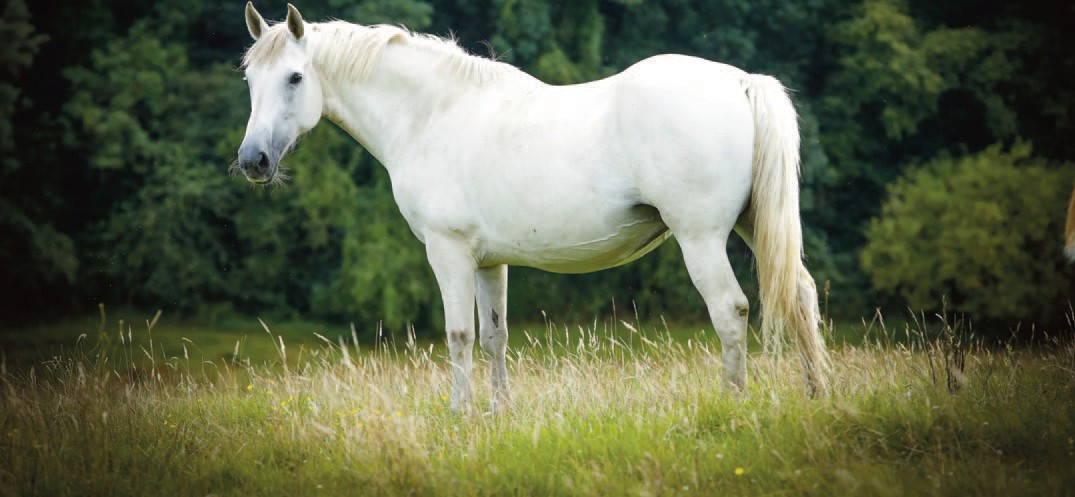
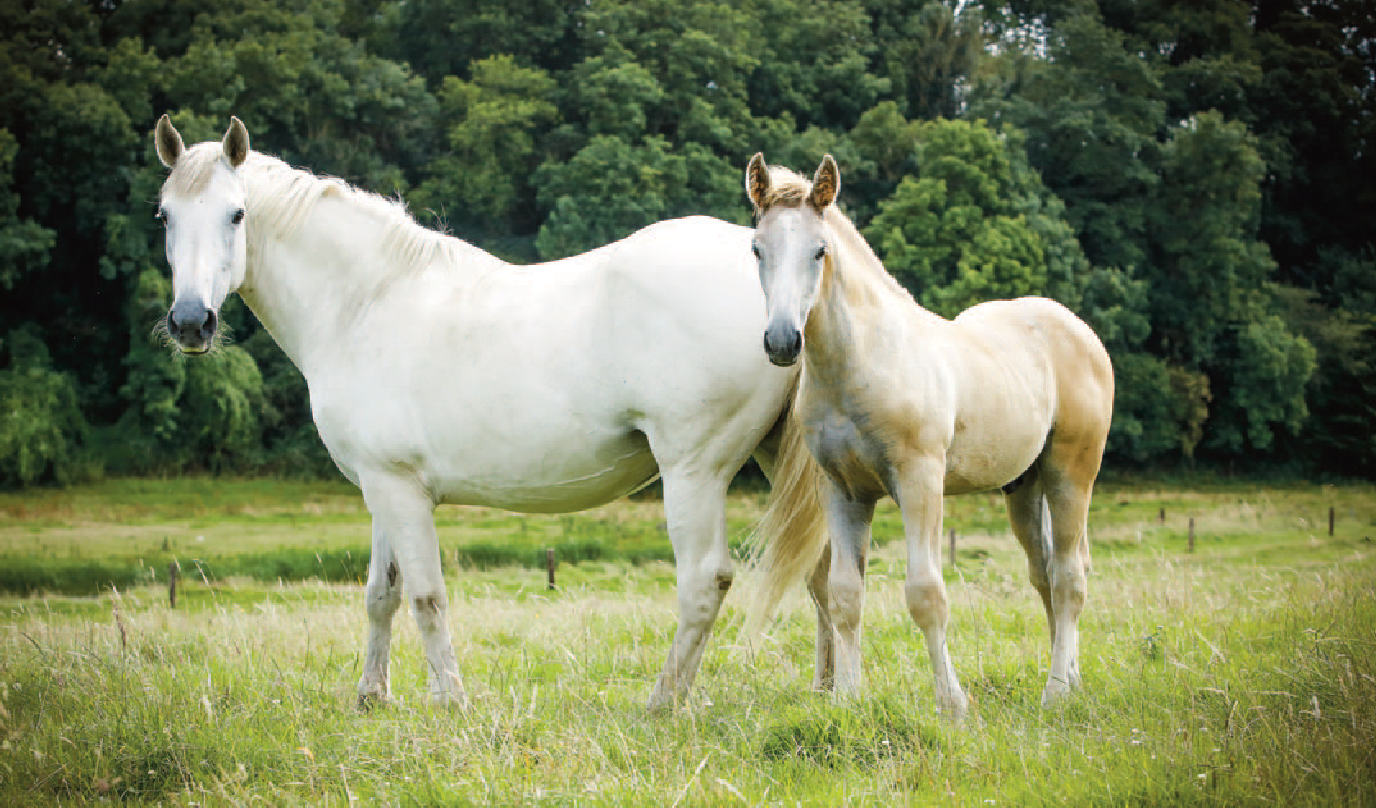
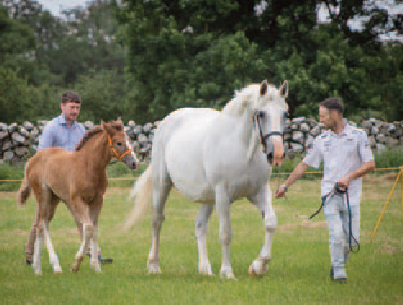

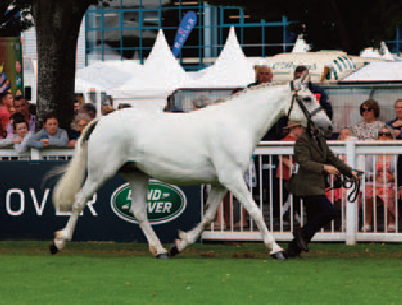
The Irish Draught Horse is a versatile, powerful and athletic animal with substance and quality. It has a pleasant head, good bone and a short shin, good spring of rib, strong loins and hindquarters and an active powerful stride. Known for its good temperament, docility and willing nature, it has a robust constitution and is inherently sound. The Irish Draught horse is a foundation breed that, when crossed with other breeds, will produce all types of leisure and performance horses.
The Irish Draught breed objective is to breed Irish Draught Horses with conformation, movement and temperament that conform to the breed standard, which will make good quality, sound and versatile horses.
Ideally Irish Draughts should stand between 158cms (15.2hh) and a maximum of 170cms (16.3hh) at maturity, with approximately 23 centimeters (9 inches) of strong, clean bone.
Head: Should be pleasant, not coarse or hatchet like with plenty of room between the jaw bones. Wide forehead and kind eyes, set well apart, and with large quality ears.
Neck: Good length of rein with head well set on, neck should be correctly muscled and well shaped.
Front legs: Long muscular forearms, short cannon bones with plenty of strong clean, flat bone, not back at the knee or tied in below the knee. Pasterns should be in proportion with good hoof pastern axis. Hooves should be of equal size, hard and sound with plenty of room at the heel. They should not be boxy, over large or flat.
Shoulders: A sloping shoulder neither loaded, nor too heavy, nor too short, with well defined withers well set back.
Body, back and hindquarters: Deep girth with a good spring of rib, strong back, loins and quarters. The croup and buttocks should be long and gently sloping. Hips should not be too wide. Strong gaskins, well shaped clean hocks set into short shins. Should not be cow-hocked or wide apart at the hocks.
Action: Should be straight and free not heavy or ponderous. Movement should be active and strong, showing good flexion of joints and freedom of the shoulders.
Colour: Any strong whole colour including bay, grey, chestnut, black, brown and dun. Excessive white markings are not desirable.
There are a number of Irish Draught Societies throughout the world, three of which areofficial daughter studbooks of the studbook of origin in Ireland, the Irish Draught Horse Society of Great Britain (IDHSGB) the Irish Draught Horse Society of Canada (IDHSC) and the Irish Draught Horse Society of North America (IDHSNA)
